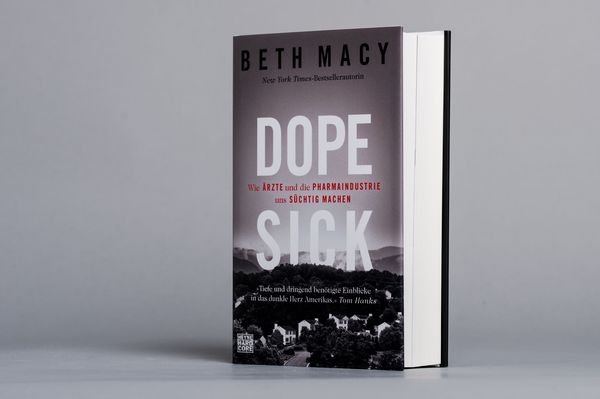
Using educational seminars, salespeople incentivized with large bonuses, and a campaign to make pain an important vital sign to monitor health, Purdue Pharma racked up millions of prescriptions. In Chapter 2, Macy discusses the impact of the company’s aggressive marketing on doctors. Purdue Pharma was able to convince the FDA to approve the drug by claiming it was addiction-proof, which was misleading. History repeated itself when Purdue Pharma convinced the Food and Drug Administration to approve Ox圜ontin for mild and moderate pain in the past, such drugs were not likely to gain approval unless they were for the use of people dealing with pain from illnesses like cancer.

The Harrison Narcotics Taxation Act created a drug scheduling system and criminalized use of opioids. When use shifted to people in the inner city, including immigrants and people of color, the prevailing attitude towards opioid use shifted sharply. At the time, most doctors contended that the drugs were not addictive. In Chapter 1, Macy describes the history of morphine, an opium derivative that was so widely prescribed after the Civil War that addiction became known as “soldier’s disease.” Near the beginning of the 20th century, heroin, many times more powerful than opium, was available in drug stores and in commercial cough syrup preparations.

Her search for answers brought her to an interview with Ronnie Jones, a drug dealer who brought heroin to Woodstock, Virginia, as people unable to obtain Ox圜ontin pills turned to heroin. In the Prologue, Macy explains that the genesis of her book was her effort to understand how heroin ended up killing many young people in suburban and rural towns in Virginia and other Appalachian states.

Macy uses anecdotes, interviews, research from on-the-ground volunteers and doctors, and scholarly sources to provide an exhaustive picture of the corporate greed that created the opioid epidemic. Content Warning: This book includes descriptions of substance abuse, violence, sex-trafficking, and profanity.ĭopesick is an account of how the pharmaceutical company Purdue Pharma, owned by the Sackler family, introduced opioid painkiller Ox圜ontin in 1996 and touched off a wave of addiction to opium-derived drugs in rural America.


 0 kommentar(er)
0 kommentar(er)
